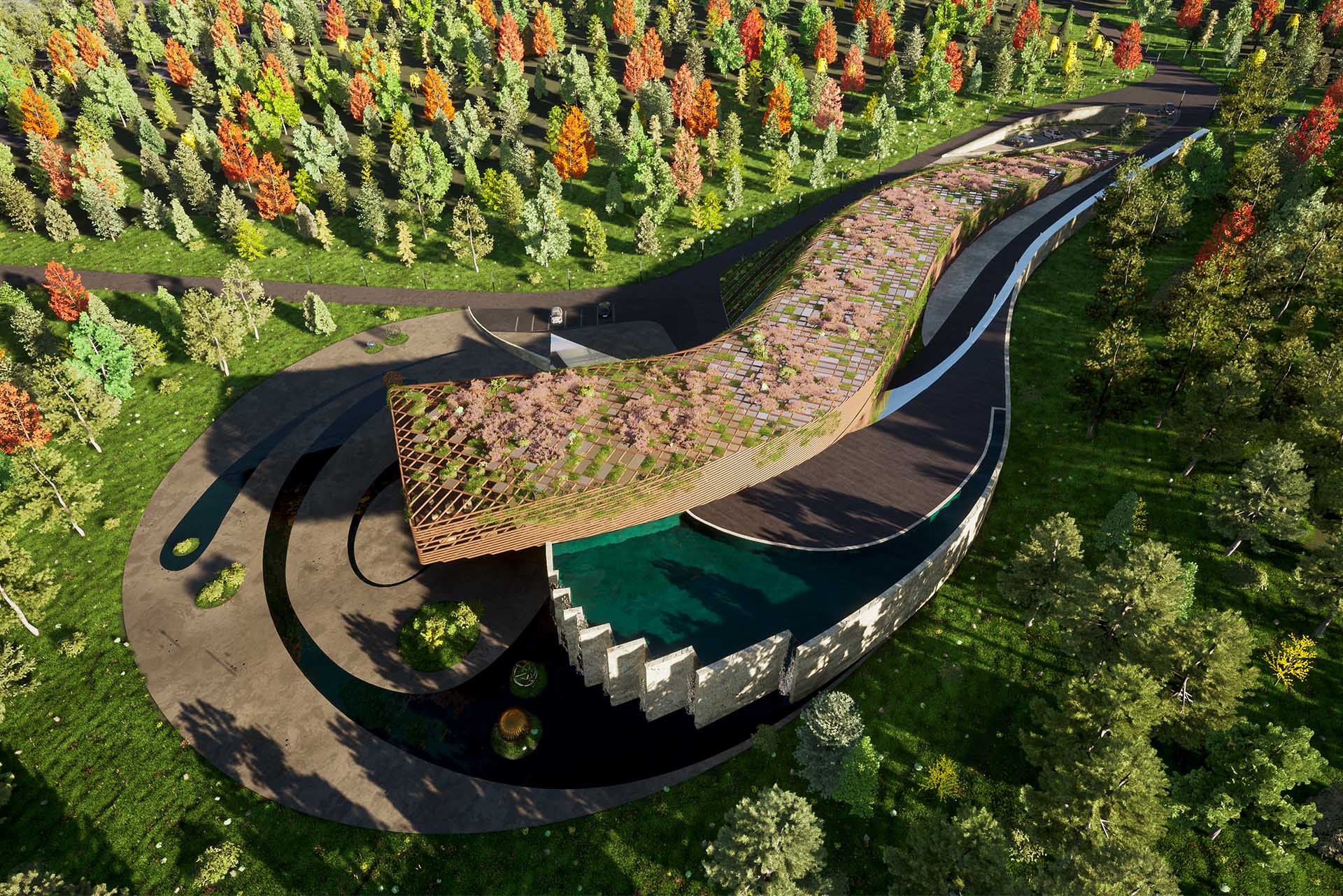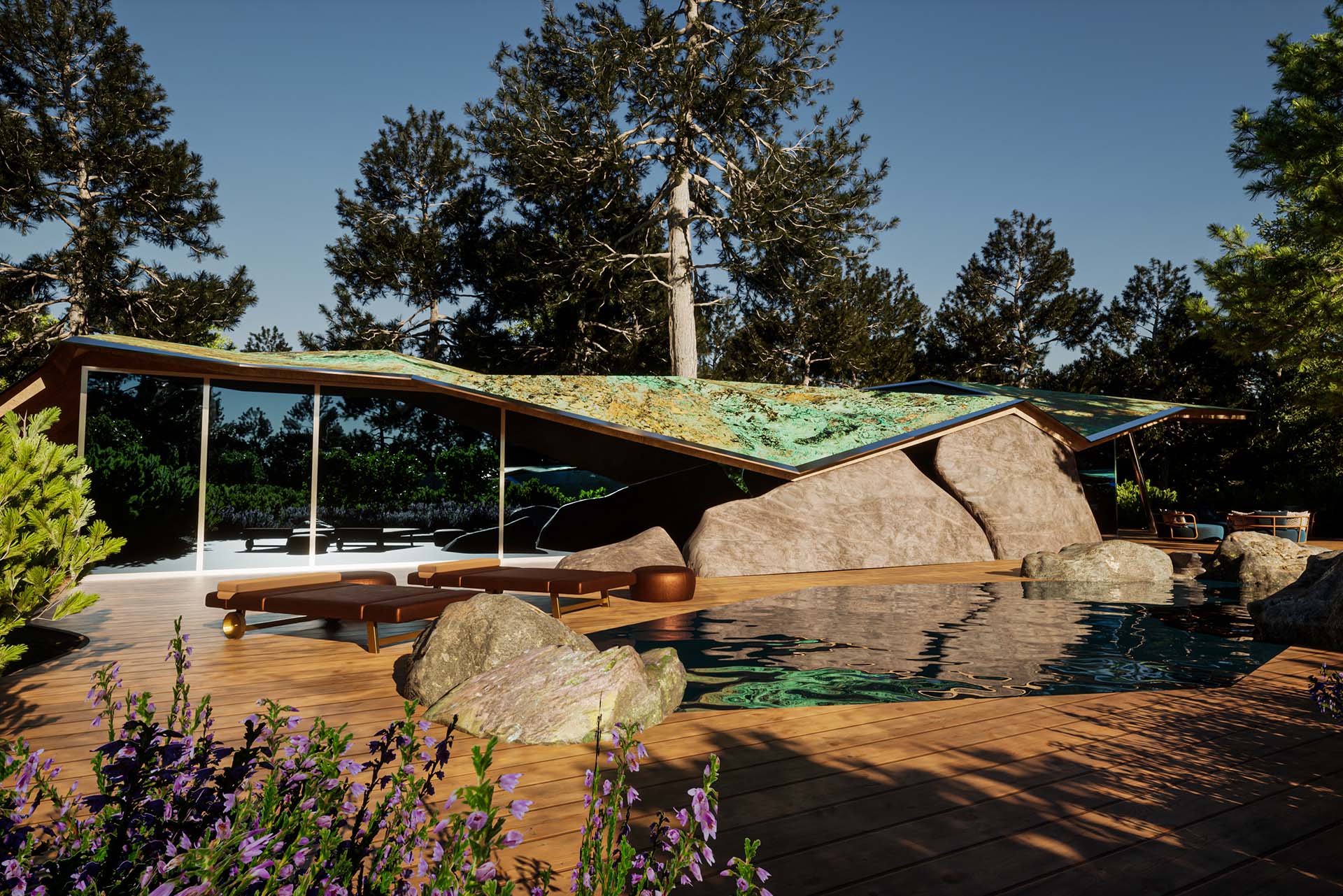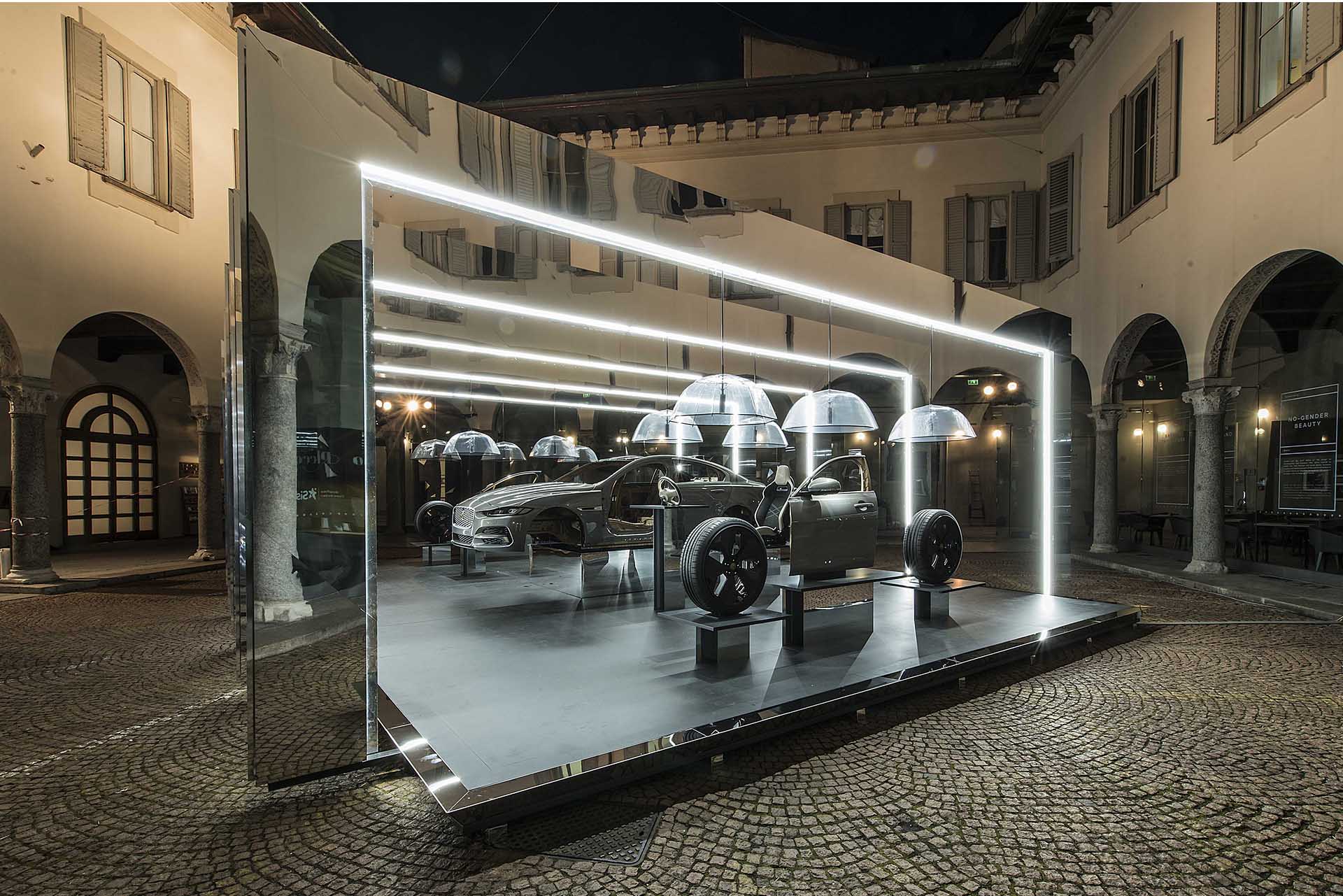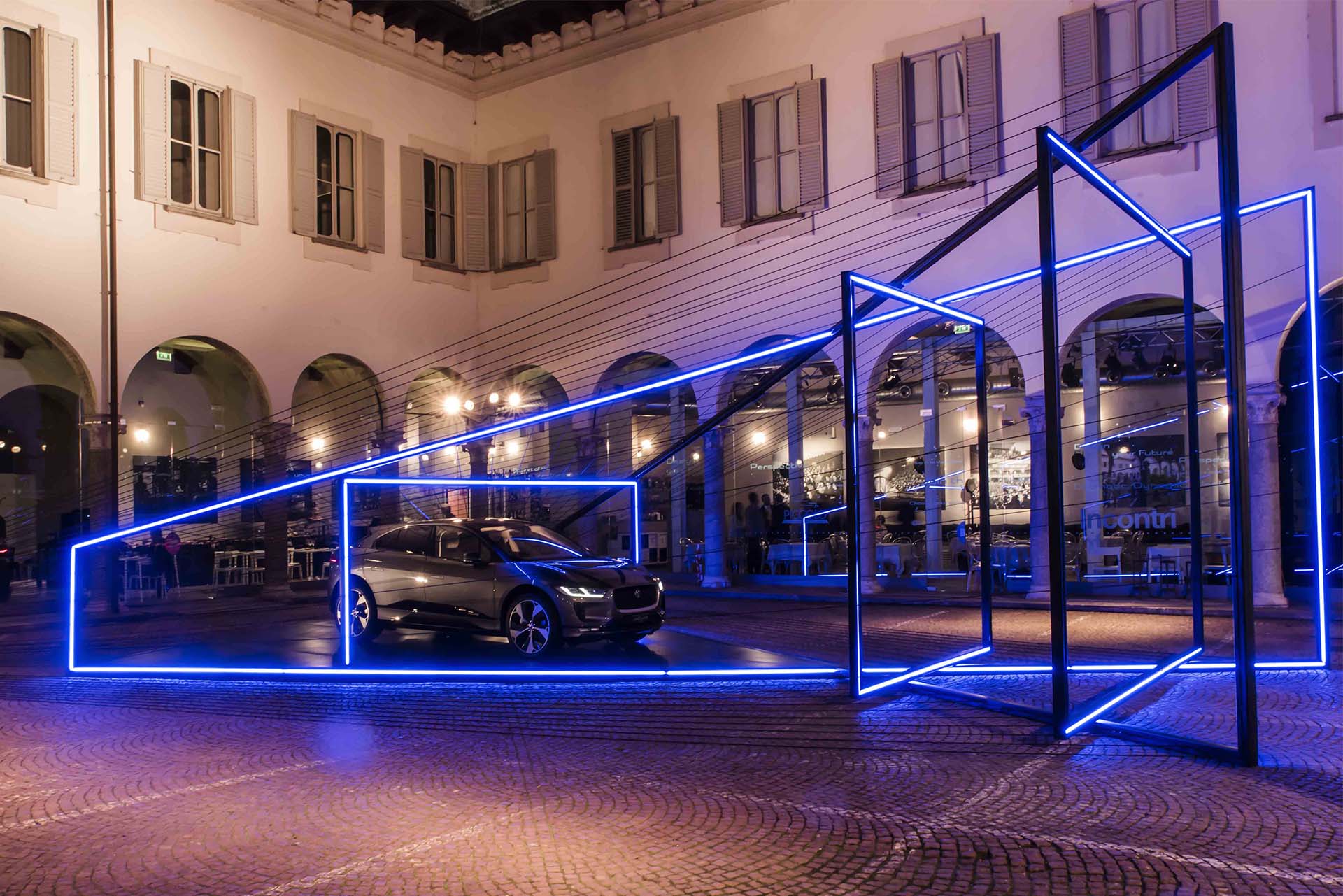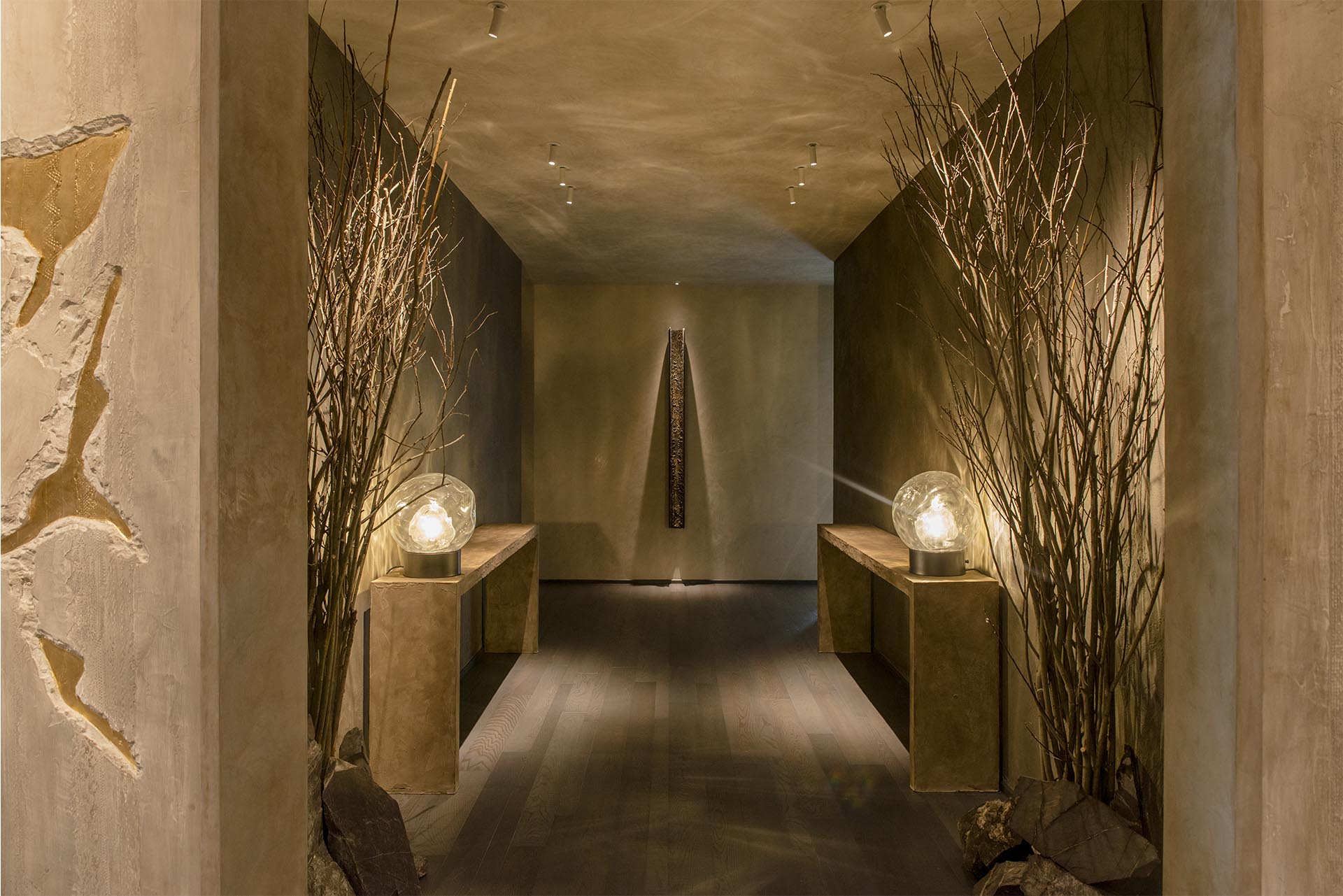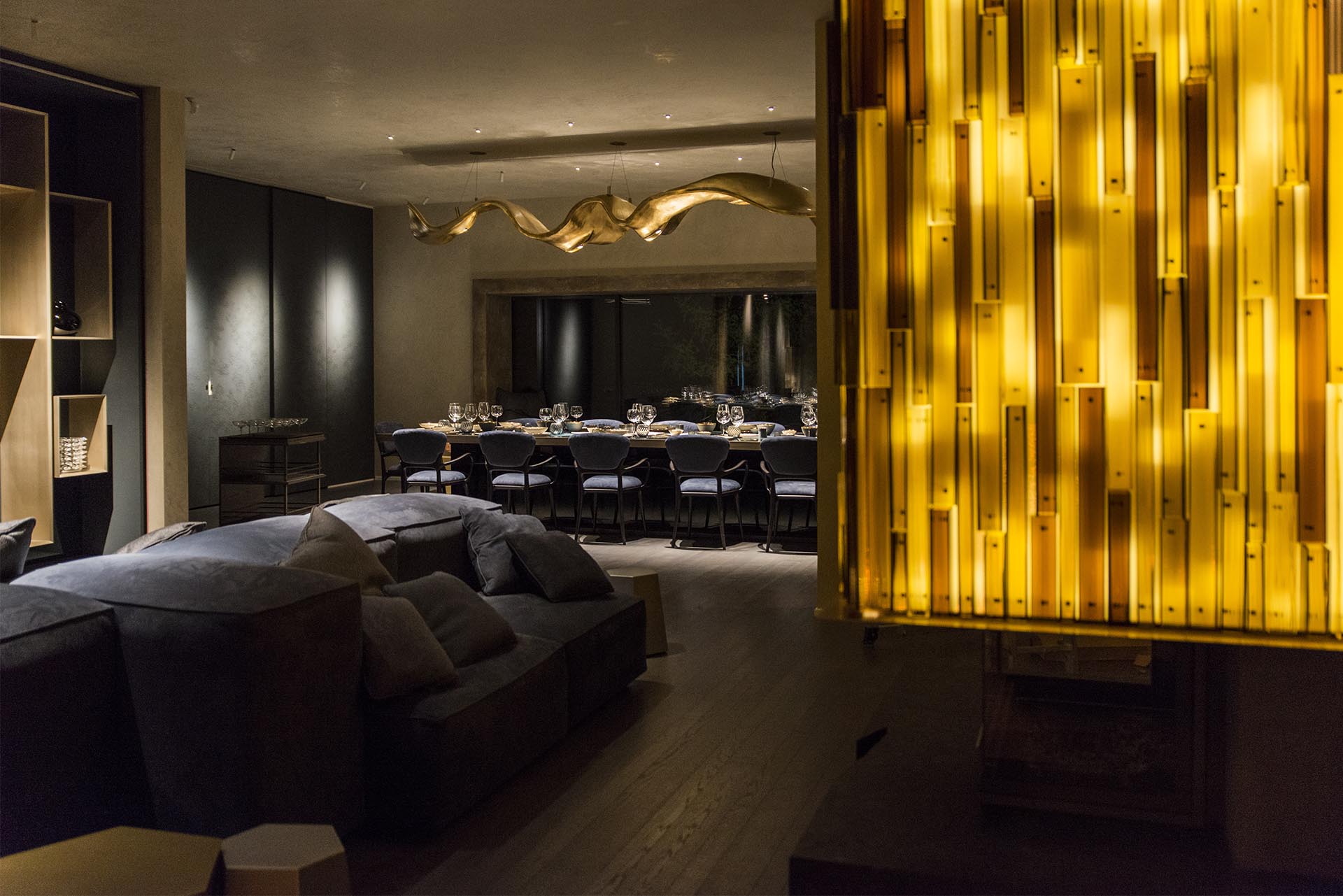

| CANVAS OF PLANS & DRAWINGS |
INTERIOR & DÉCOR, but with a twist |
| HOTELS & RESTAURANTS, beyond mainstream |
Notes on ART |
| Into big AFFAIRS | INSIDERS |
| GLIMPSES | |
Keywords:
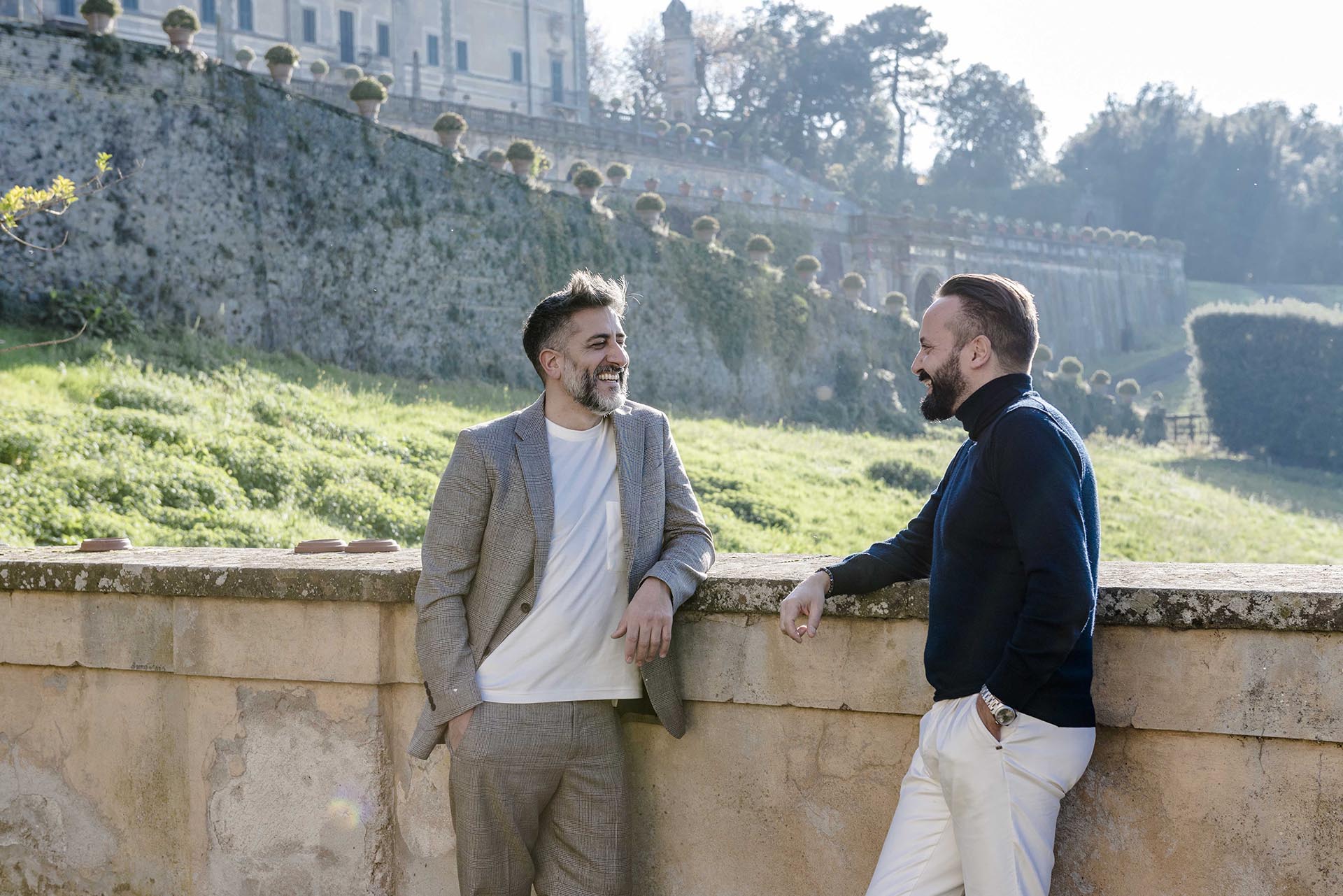
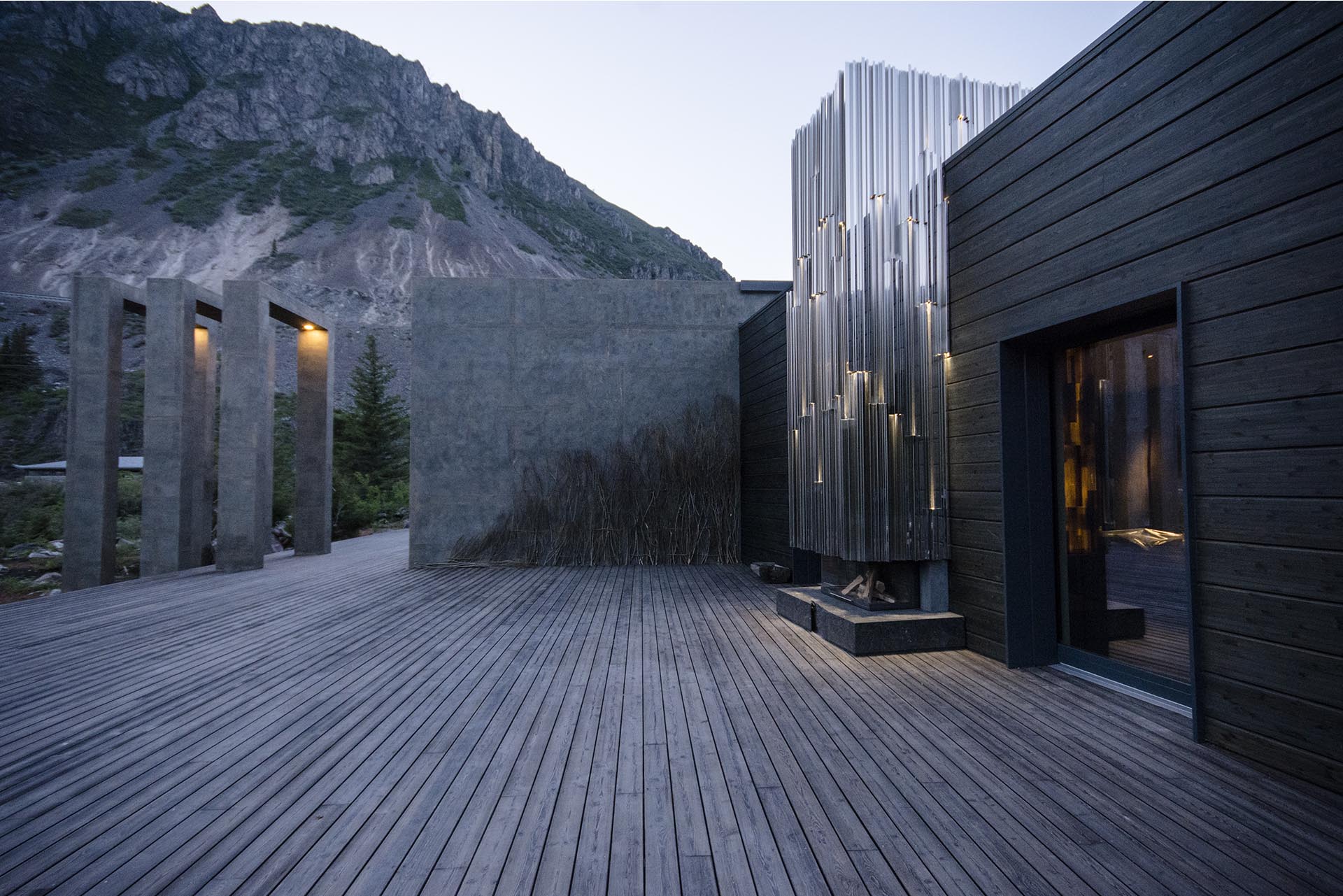
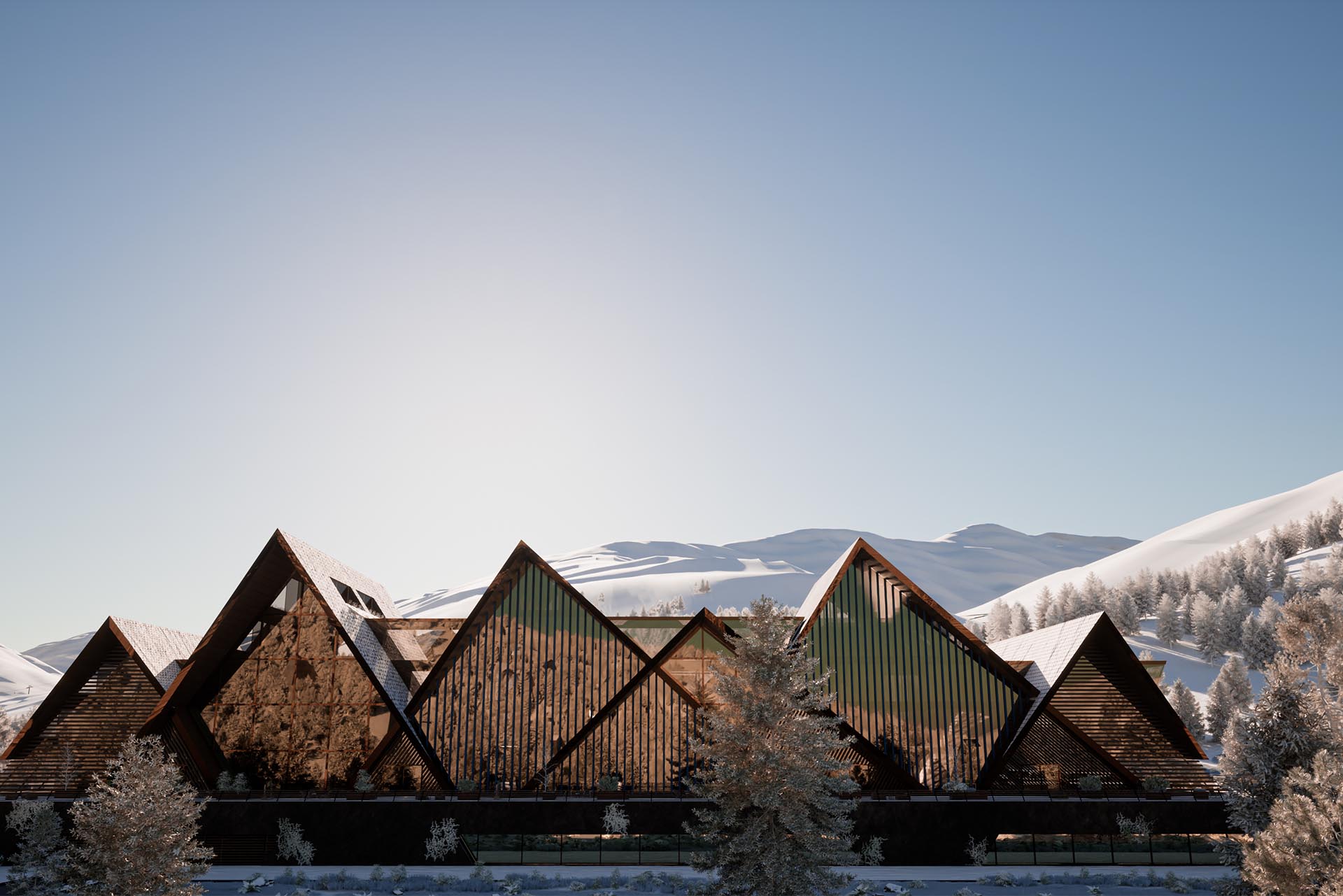
The elements that define our design have to do with subjectivity, the observer and the five senses. I am speaking of sight, touch, hearing and taste. Luxury seems to have become a complex of codes now standardized and conformed. According to us, true luxury is able to enter into the essence of the materials, in their history, in their ability to transform. What makes materials unique is their nature, and not what they are transformed into. This is the concept of experience that turns into a project. And also the materials' experience. Because, in the end, the spaces we create are a consequence of the choices, even material, that we make.
Nature taught us to see places that work perfectly because mother nature created them that way. Therefore, recreating that ancestral world can bring to the observer-client those sensations that nature so exquisitely gives us. Letting people into a standardized box, irrelated to the place where the project was conceived, is a different discourse. Creating luxury in a non-place is, in our opinion, a mistake. Creating a story is what brings real added value.
When it comes to aesthetics, it is about beauty. Wanting to generalize the concept, this search for experience also passes through the search for an aesthetic that is as objective as possible, although, on the other hand, we believe that beauty is totally subjective. Therefore, this desire to work on the senses as an experience of luxury leads us increasingly towards an ad personam design, in which emotionality intervenes. I am talking about the emotion of passing, stopping, looking and touching. They are elements that take you beyond a simple visit to a place, whether it is a temporary or permanent visit.
